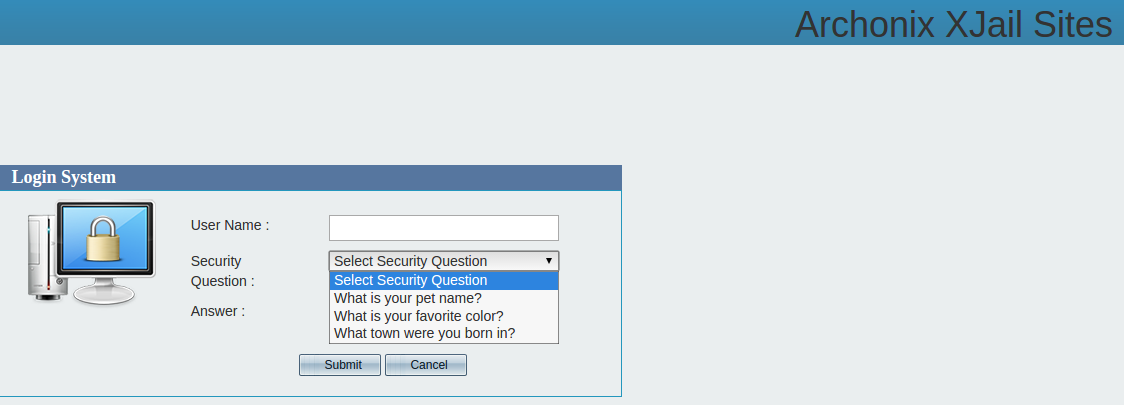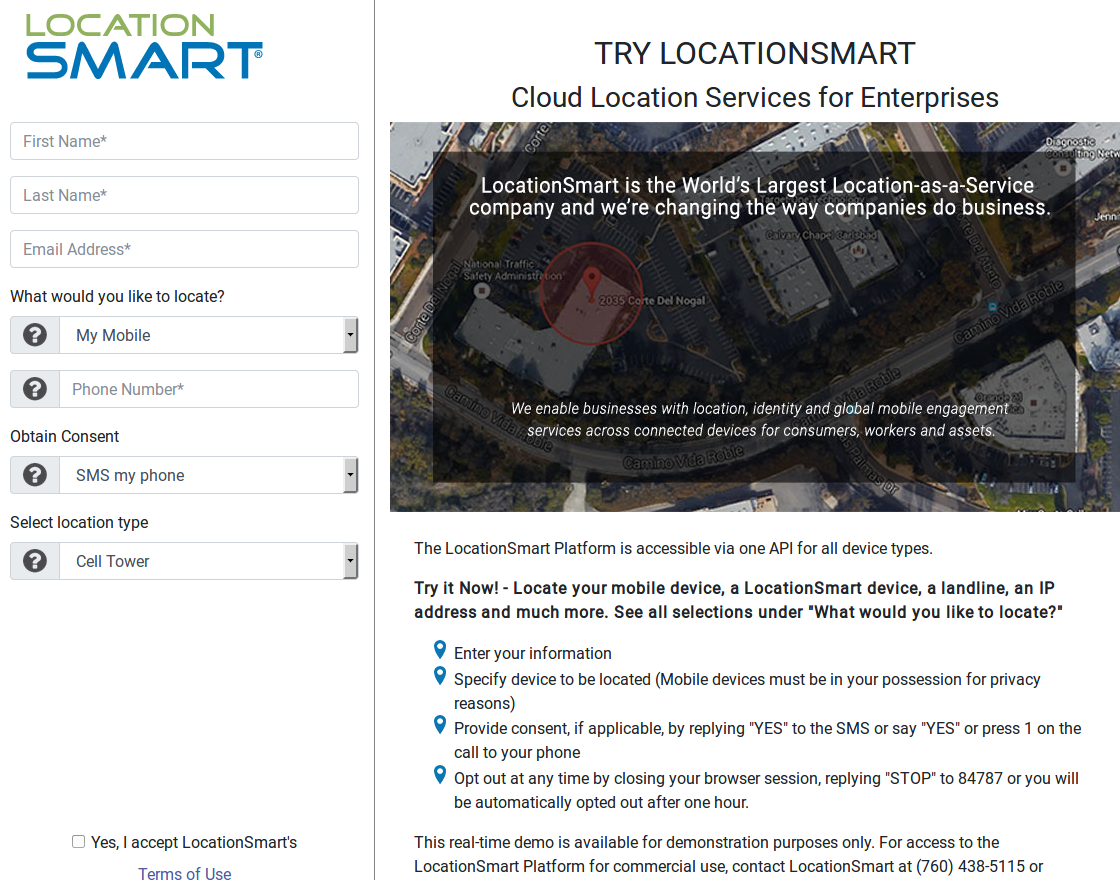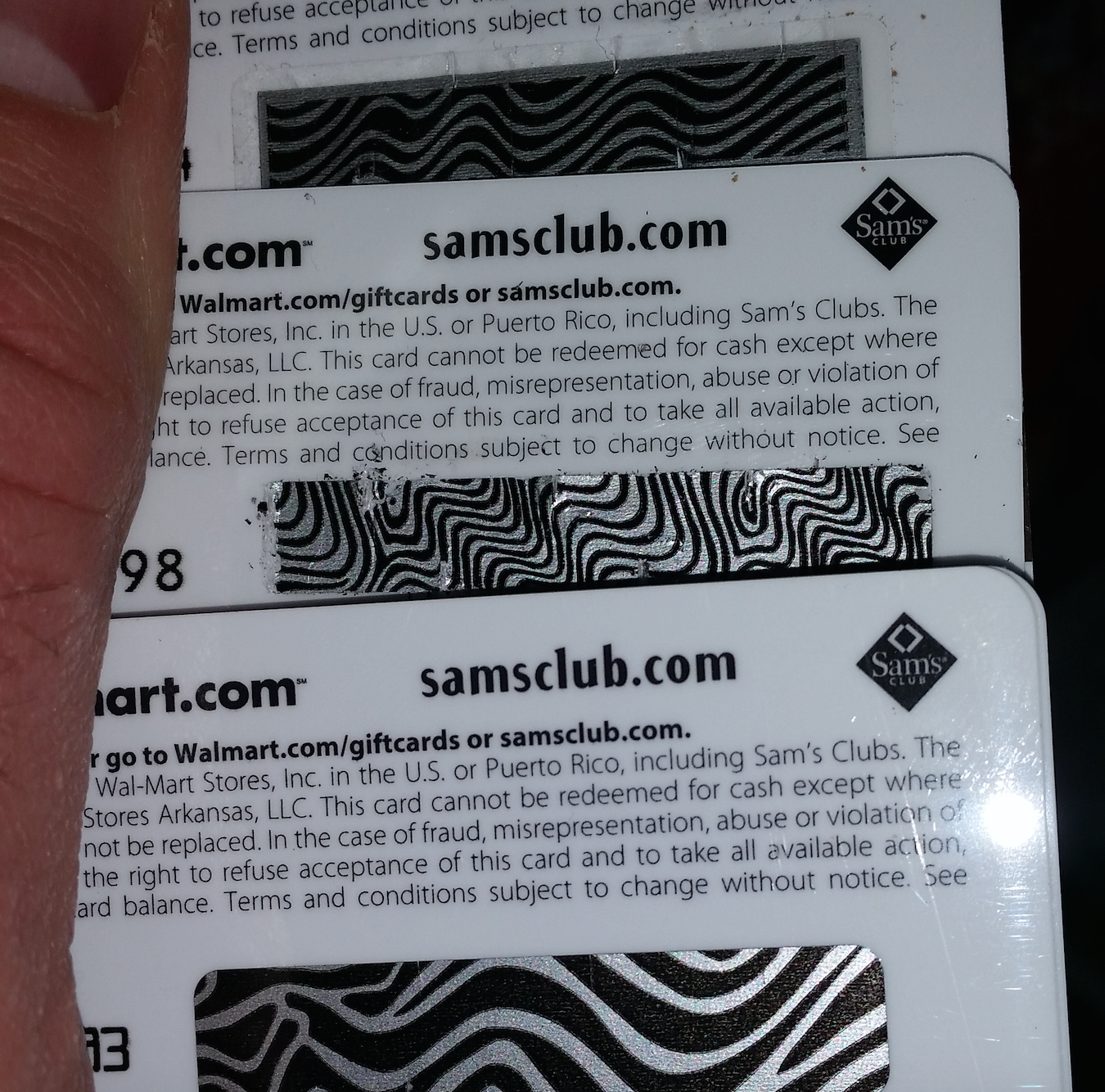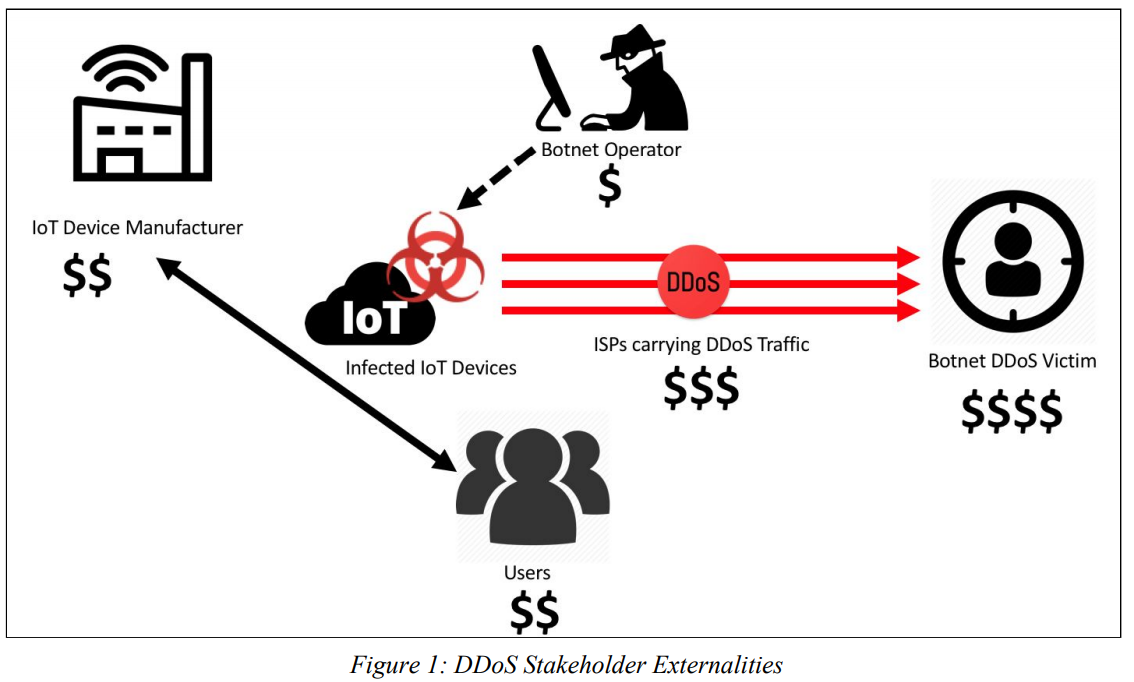Federal prosecutors have charged three men with carrying out a deadly hoax known as “swatting,” in which perpetrators call or message a target’s local 911 operators claiming a fake hostage situation or a bomb threat in progress at the target’s address — with the expectation that local police may respond to the scene with deadly force. While only one of the three men is accused of making the phony call to police that got an innocent man shot and killed, investigators say the other two men’s efforts to taunt and deceive one another ultimately helped point the gun.

Tyler “SWAuTistic” Barriss. Photo: AP
According to prosecutors, the tragic hoax started with a dispute over a match in the online game “Call of Duty.” The indictment says Shane M. Gaskill, a 19-year-old Wichita, Kansas resident, and Casey S. Viner, 18, had a falling out over a $1.50 game wager.
Viner allegedly wanted to get back at Gaskill, and so enlisted the help of another man — Tyler R. Barriss — a serial swatter known by the alias “SWAuTistic” who’d bragged of “swatting” hundreds of schools and dozens of private residences.
The federal indictment references transcripts of alleged online chats among the three men. In an exchange on Dec. 28, 2017, Gaskill taunts Barriss on Twitter after noticing that Barriss’s Twitter account (@swattingaccount) had suddenly started following him.
Viner and Barriss both allegedly say if Gaskill isn’t scared of getting swatted, he should give up his home address. But the address that Gaskill gave Viner to pass on to Barriss no longer belonged to him and was occupied by a new tenant.
Barriss allegedly then called the emergency 911 operators in Wichita and said he was at the address provided by Viner, that he’d just shot his father in the head, was holding his mom and sister at gunpoint, and was thinking about burning down the home with everyone inside.
Wichita police quickly responded to the fake hostage report and surrounded the address given by Gaskill. Seconds later, 28-year-old Andrew Finch exited his mom’s home and was killed by a single shot from a Wichita police officer. Finch, a father of two, had no party to the gamers’ dispute and was simply in the wrong place at the wrong time.
Just minutes after the fatal shooting, Barriss — who is in Los Angeles — is allegedly anxious to learn if his Kansas swat attempt was successful. Someone has just sent Barriss a screenshot of a conversation between Viner and Gaskill mentioning police at Gaskill’s home and someone getting killed. So Barriss allegedly then starts needling Gaskill via instant message:
Defendant BARRISS: Yo answer me this
Defendant BARRISS: Did police show up to your house yes or no
Defendant GASKILL: No dumb fuck
Defendant BARRISS: Lmao here’s how I know you’re lying
Prosecutors say Barriss then posted a screen shot showing the following conversation between Viner and Gaskill:
Defendant VINER: Oi
Defendant GASKILL: Hi
Defendant VINER: Did anyone show @ your house?
Defendant VINER: Be honest
Defendant GASKILL: Nope
Defendant GASKILL: The cops are at my house because someone ik just killed his dad
Barriss and Gaskill then allegedly continued their conversation:
Defendant GASKILL: They showed up to my old house retard
Defendant BARRISS: That was the call script
Defendant BARRISS: Lol
Defendant GASKILL: Your literally retarded
Defendant GASKILL: Ik dumb ass
Defendant BARRISS: So you just got caught in a lie
Defendant GASKILL: No I played along with you
Defendant GASKILL: They showed up to my old house that we own and rented out
Defendant GASKILL: We don’t live there anymore bahahaha
Defendant GASKILL: ik you just wasted your time and now your pissed
Defendant BARRISS: Not really
Defendant BARRISS: Once you said “killed his dad” I knew it worked lol
Defendant BARRISS: That was the call lol
Defendant GASKILL: Yes it did buy they never showed up to my house
Defendant GASKILL: You guys got trolled
Defendant GASKILL: Look up who live there we moved out almost a year ago
Defendant GASKILL: I give you props though you’re the 1% that can actually swat babahaha
Defendant BARRISS: Dude MY point is You gave an address that you dont live at but you were acting tough lol
Defendant BARRISS: So you’re a bitch
Later on the evening of Dec. 28, after news of the fatal swatting started blanketing the local television coverage in Kansas, Gaskill allegedly told Barriss to delete their previous messages. “Bape” in this conversation refers to a nickname allegedly used by Casey Viner: Continue reading




 It may be tough to put a price on one’s location privacy, but here’s something of which you can be sure: The mobile carriers are selling data about where you are at any time, without your consent, to third-parties for probably far less than you might be willing to pay to secure it.
It may be tough to put a price on one’s location privacy, but here’s something of which you can be sure: The mobile carriers are selling data about where you are at any time, without your consent, to third-parties for probably far less than you might be willing to pay to secure it.







 First, the
First, the 



